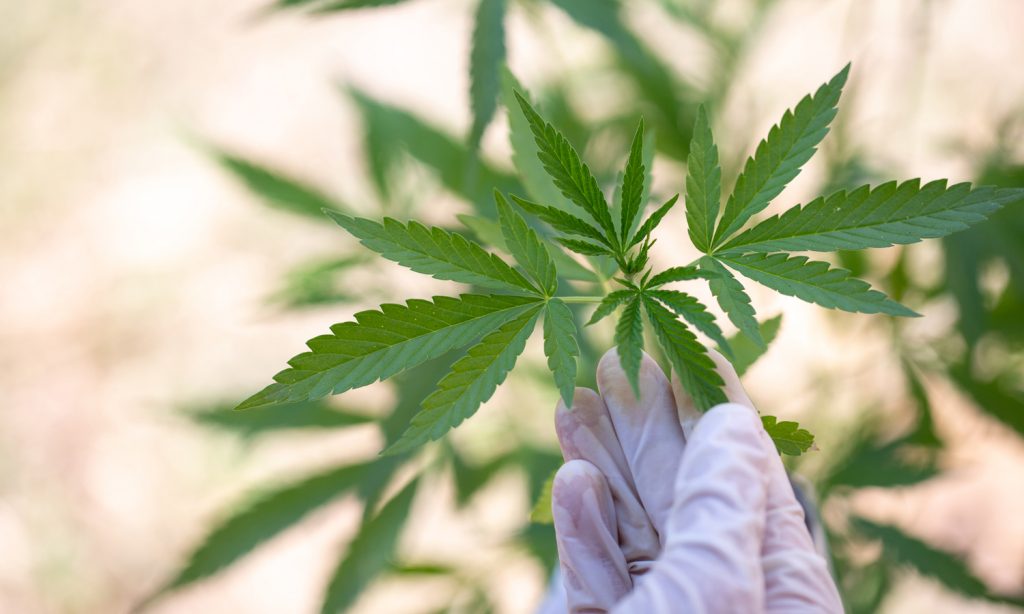
The danger of synthetic cannabinoids
By Nate Guzowski
A problem of increasing social concern is the increasing use of synthetic cannabis alternatives, commonly referred to as K2 or Spice, or a number of other brand names. In 2020, 2.4% of high school graduates tried synthetic cannabis.
Unlike marijuana, where THC is the active molecule, these alternatives use a number of different, more potent compounds that activate the same metabolic pathways as THC, namely the CB1 cannabinoid receptor, which is responsible for the subjective effects of cannabinoid intoxication.
Photo by Kitt_KS via Pixabay
JWH-018 may be the most abused of these molecules in the past because of its ease of synthesis, but these products can contain any of a large number of similar-acting molecules. JWH-018 has about 5 times the activity of THC, but other synthetics can far exceed this. For example, HU-210 has an activity a hundred times higher than the potency of THC. The legal status of these connections varies from case to case and can be poorly defined. This is because the CB1 receptor is promiscuous in terms of the variety of chemicals it binds to. JWH-018 is officially a Schedule 1 drug, while HU-210 is currently off-schedule.
There are hundreds of such compounds, with a variety of chemical structures and properties, making them difficult to regulate and making it difficult for doctors to test for them. Because of the large number of compounds in this class and their varying legal status, synthetic cannabis manufacturers were able to circumvent these scheduling laws by changing the active molecule or molecules in their products. This has resulted in these products being very heterogeneous even within brands. This increases the risk of these products as users cannot reliably predict their effects, potentially leading to an overdose.
Until regulators have classified a synthetic cannabinoid as illegal, a new one will take its place. For example, during a high-profile incident in 2016, 33 people were hospitalized after ingesting an overdose of synthetic cannabis with an unusually heavy batch of product in Brooklyn, NY.
RELATED: Why Big Pharma Loves the Power of Synthetic Cannabinoids
In addition, when compared to THC, synthetic cannabinoids have different biochemical properties that increase their risk. THC is a partial agonist of the CB1 receptor, and even with activation of a large number of receptors, the activity evoked is only moderate and self-limiting. In comparison, most synthetic cannabinoids are complete agonists and have no self-limiting properties. Therefore, in smaller doses, these drugs can mimic the effects of THC, but larger doses can far exceed a user’s expectations. The effects can be severe enough to be fatal.

Anebulo is developing an antidote to synthetic cannabinoids and THC
Anebulo Pharmaceuticals (NASDAQ: ANEB) is developing a drug called ANEB-001 that could potentially be used to reverse the effects of synthetic cannabinoids and THC.
ANEB-001 is a CB1 receptor antagonist, which means it can bind to the CB1 receptor and prevent other drugs from activating it. This is the same principle used with drugs like Narcan (naloxone) to reverse an opioid overdose. There are currently no approved drugs against cannabinoid intoxication.
CONNECTED: DEA provisional final rule: What is “synthetically derived THC”?
In principle, ANEB-001 could be used by emergency physicians and first aiders in identifying a person with suspected synthetic cannabis poisoning in order to reverse their condition and limit the impact on the person and the medical system. The average emergency room visit costs $ 2,200, and with an antidote, these people could be discharged quickly.
In addition to synthetic cannabinoids, ANEB-001 can potentially be used in severe cannabis poisoning, such as seen in young children, which can lead to encephalopathy, coma, and even death. ANEB-001 is scheduled to begin phase II clinical trials in 2022.
This article originally appeared on Benzinga and was republished with permission.

Post a comment: